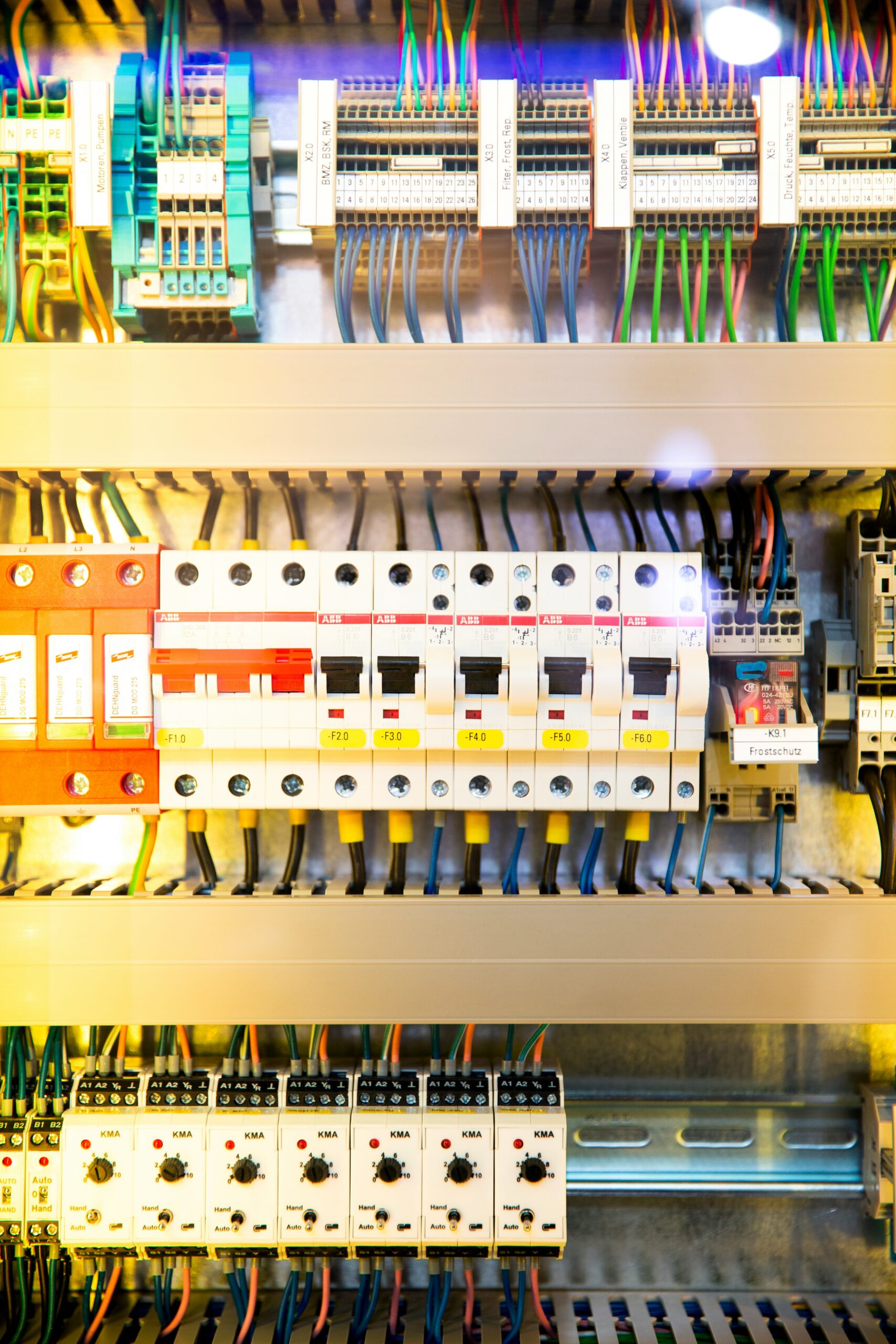
Ensuring safety and protection is important. Two critical devices in this context are overload relays and circuit breakers. Both are designed to safeguard electrical circuits from damage but function differently and are suited to distinct applications. Understanding their key differences helps in selecting the appropriate device for specific requirements.
Overload relays are crucial in many electrical systems, particularly those involving motors. They protect against overheating and damage from prolonged overload conditions. Unlike circuit breakers, which respond to immediate overcurrent situations, overload relay react to sustained overloads. They are everywhere in electrical installations and offer essential protection by automatically severing current flow during faults.
Types of Overload Relays
- Thermal Overload Relays: These utilise a bimetallic strip that bends when heated by the current passing through it. Suppose the current exceeds a preset level for a specific duration. In that case, the strip bends to a point where it triggers the relay to open the circuit, thereby stopping the flow of current and protecting the motor from damage.
- Electronic Overload Relays: More advanced than their thermal counterparts, electronic overload relays use sensors and electronic components to monitor the current flow. These relays offer greater precision and flexibility, allowing for adjustable settings and better protection for modern, sensitive equipment.
Types of Circuit Breakers
- Miniature Circuit Breakers (MCBs): MCBs are designed for low-current circuits and protect against overloads and short circuits. They are found in residential and commercial buildings.
- Moulded-case Circuit Breakers (MCCBs): These are suitable for higher current ratings and provide protection. They are often used in industrial settings where higher fault levels are expected.
- Air Circuit Breakers (ACBs): ACBs are used in high-voltage applications, can handle large current flows, and are typically found in power distribution systems.
- Residual Current Circuit Breakers (RCCBs): RCCBs are designed to protect against earth faults and ensure personnel safety. They detect leakage currents that may not be significant enough to trip other types of breakers.
Key Differences Between Overload Relays and Circuit Breakers
While both overload relays and circuit breakers aim to protect electrical systems, their methods and applications differ significantly.
Functionality
- Overload Relays: They are specifically designed to protect motors and other equipment from sustained overload conditions. They are sensitive to prolonged overcurrents that can cause overheating and damage. However, they do not necessarily respond to immediate short circuits or spikes in current.
- Circuit Breakers: These devices provide broader protection by responding to short circuits, immediate overloads, and earth faults. They are designed to disconnect the circuit in the event of a fault, thereby preventing damage to the system and enhancing safety.
Application
- Overload Relays: Primarily used in motor control applications, overload relays are integral to motor starters and are found in industries where motors are heavily utilized.
- Circuit Breakers: They are used in a wide range of applications and are suitable for residential, commercial, and industrial settings. They protect entire electrical systems and are often part of the main distribution panel.
Response Time
- Overload Relays: These devices have a delayed response, designed to react only after a sustained overload is detected. This characteristic prevents unnecessary tripping from transient currents and allows motors to handle temporary overloads without unnecessary shutdowns.
- Circuit Breakers: They respond almost instantly to faults, providing immediate protection against short circuits and significant overcurrent situations.
Reset Mechanism
- Overload Relays: Typically, these devices require manual resetting after the trip. This ensures that the issue causing the overload is addressed before the system is re-energized.
- Circuit Breakers: These can be easily reset manually or automatically, allowing for quick restoration of power once the fault condition is cleared.
Ensure Optimal Safety and Performance
Understanding the differences between overload relays and circuit breakers is important for designing and maintaining safe electrical systems. While overload relays are ideal for protecting motors against prolonged overloads, circuit breakers offer comprehensive protection against a range of electrical faults.
Choosing the right device for your specific application is important for optimal performance and safety. Partnering with reputable energy brands ensures access to high-quality components, expert guidance, and reliable support. These partnerships can significantly enhance the efficiency and longevity of your electrical systems, providing peace of mind and robust protection against electrical hazards.








